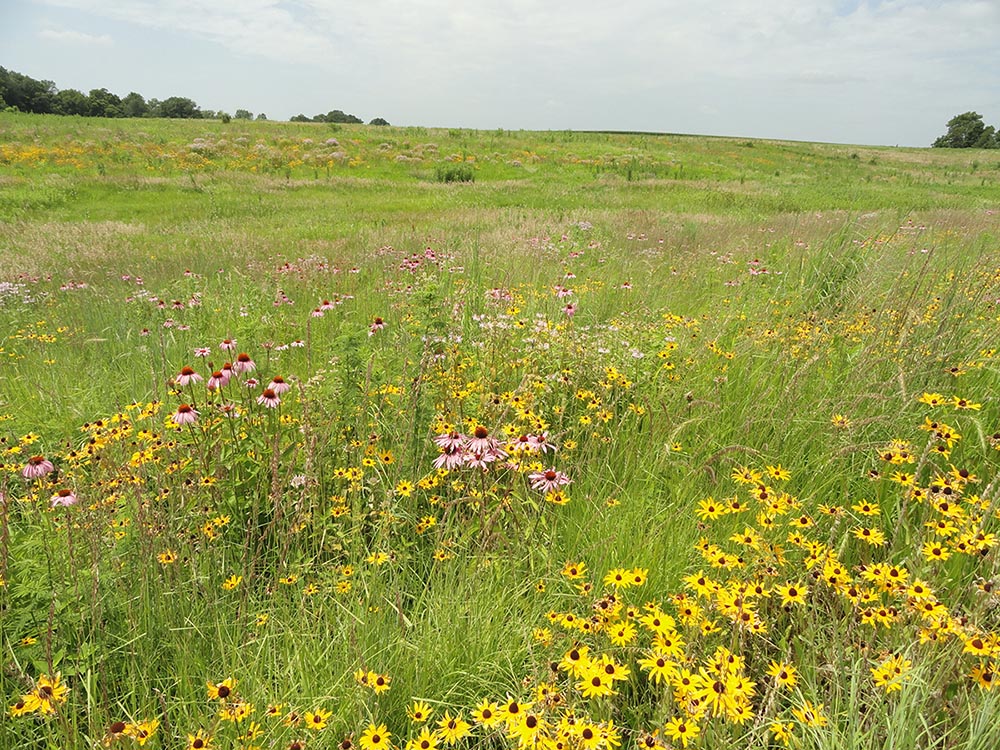Pollinators such as bees, butterflies, birds, and even bats serve an important function in our environment. Without the pollen they spread, many plants we use would be unable to seed and reproduce. In fact, over half of the US’s primary crops rely on pollination, which means bee-pollinated commodities bring in $20 billion worth of agricultural production in the US alone.
But recent times have seen a decrease in bees and other pollinators due to insecticides, climate shifting, and the destruction/replacement of pollinator habitats. This is not a problem that will work itself out over time; it is a threat to agriculture that must be dealt with directly.
Thankfully, there are a number of programs and initiatives protecting and restoring pollinator habitats. While pollinators are important for all of us, they’re especially crucial to farmers. If you’re a farmer looking to restore health to your crops and land through the establishment of pollinator habitat, then you should consider enrolling in the Conservation Reserve Program (CRP).
How to Establish Pollinator Habitat with the Conservation Reserve Program
The Conservation Reserve Program (CRP) is a cost-sharing, rental payment program established to combat erosion, improve water quality, and restore wildlife habitats. Different initiatives within the CRP focus on different goals and environments.
There are a few different options when it comes to establishing pollinator habitat through the CRP, but the most common is CP-42.
CP-42 operates much like the rest of the CRP program. Landowners rent out a portion of their property to the government, planting program-approved seed and following the necessary steps for maintaining the fields.
CP-42 aims to create pollinator habitats made of native wildflowers that support not only pollinators, but other wildlife as well. These fields, in turn, bring prosperity to the surrounding environment. And just like any CRP field, CP-42 restores health to your soil.
Due to the importance of pollinators, CP-42 offers special incentives and competitive compensation to landowners. Ensuring the success of a CP-42 conversion, however, is a delicate balance. Special seed, equipment, and herbicide are needed.
That’s why FDCE offers a full-service, turn-key solution for farmers and landowners looking to establish pollinator habitats. We have over 350,000 acres of experience establishing CRP fields of all sizes and varieties. We can even help you with the enrollment process and also provide you and FSA with all of the paperwork required for program compliance and cost share reimbursement should you decide to use our service.
Establishing pollinator habitat on your land is a great idea, and using FDCE to do so is an even better one. Contact us today.

